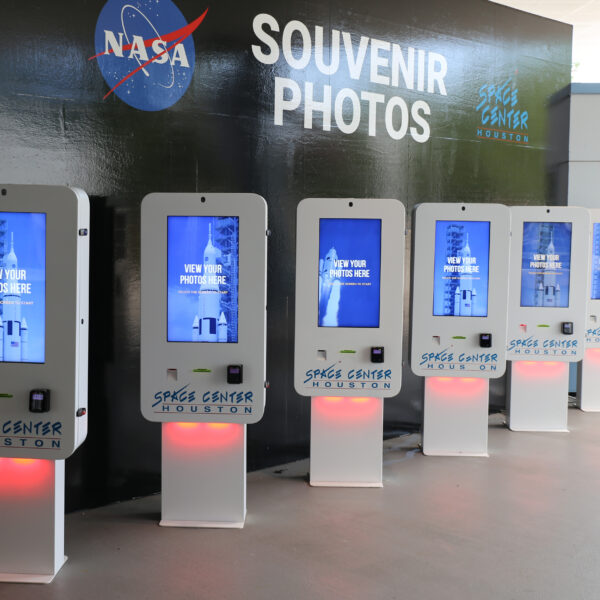
Kiosks
Close
Kiosk Industries


Attractive store displays draw attention in crowded retail environments, boost product sales, increase brand recognition, and educate customers. So, what should brands consider when beginning the design phase? Here, we detail how to best amplify a point of purchase display at retail.
When planning a store display, there are common recommendations to follow.
Sleek, simple designs that reflect branding and utilize eye-catching graphics are key. Clean lines have a powerful visual impact, and eliminating the clutter of complex messaging or too many products on a display can keep the focus on the merchandise.
Additionally, its essential to provide retail sites with a well-organized planogram. Planograms are visual representations or diagrams that illustrate how products should be arranged on a retail display within a store. They specify where merchandise should be placed including positioning, spacing, quantities, and more. These guides ensure displays in the field are set up to be most effective as determined by the original design.
While there are many ways to get the most out of a budget during the design phase, brands can also explore more premium options to enhance their displays.
Featuring actual products or providing a way for product demonstration can be more costly, but adds valuable interaction that appeals to shoppers.
In addition, building displays out of high-end materials like clear acrylic or laminated wood grain can add impact. Further, utilizing custom construction techniques like back lighting, edge-lighting, or laser cut logos can also elevate a display’s aesthetic.
Designing displays for major retail stores can add another layer to the process since these retailers often play a role in the design approval. Below is a list of things to do when planning for a retail display roll out to big box stores.
Many of these considerations not only affect the way a display is designed, but influence timelines and shipping arrangements, too. Working closely with the retailer at the beginning of a project can streamline the process and ensure a smooth roll out when time.
Designing retail displays that stand out in bustling store environments requires a strategic blend of aesthetics, functionality, and alignment with brand identity. And when collaborating with major retailers, understanding the intricacies involved in store layouts, requirements, and more is pivotal to achieving a seamless deployment. Combining smart design with meticulous planning paves the way for a successful retail display program that performs for brands and leaves an impression on customers.